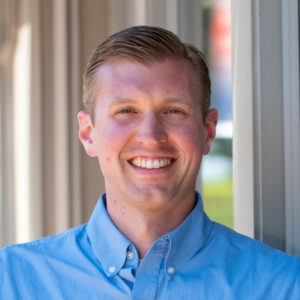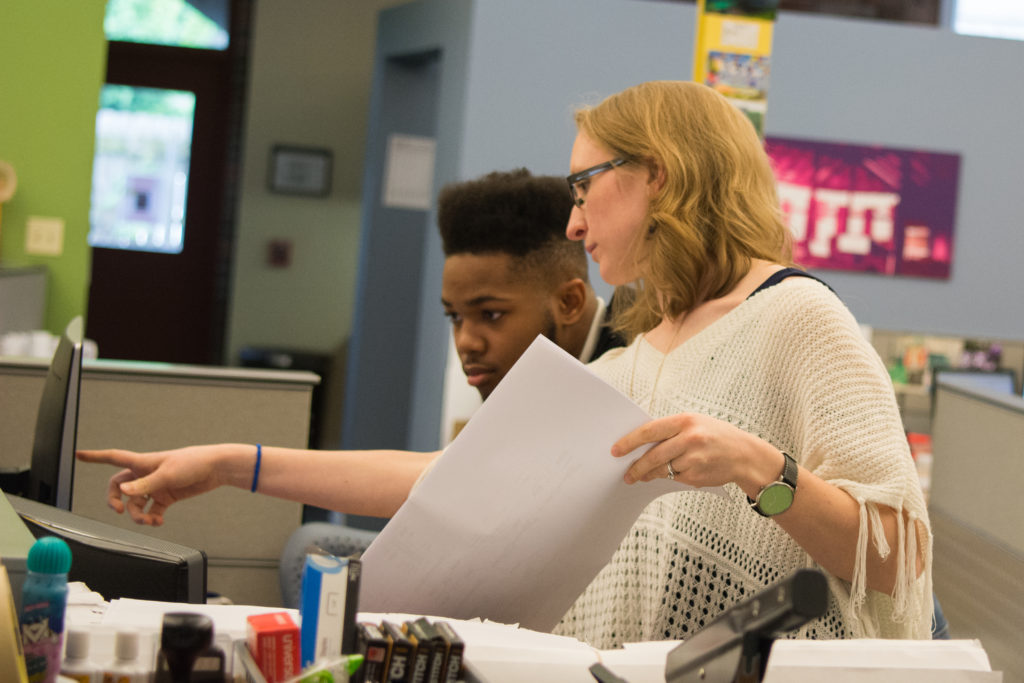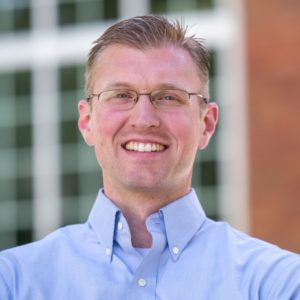Citizen Architect - Robert Fiala, AIA
Robert Fiala is the founding partner of ThenDesign Architecture (TDA) and the mayor of Willoughby, Ohio. During his 40-year career in architecture, he has been primarily involved with publicly funded projects, with an emphasis on K-12 educational facilities and civic architecture. Recently he was recognized as a “Citizen Architect” by the American Institute of Architects and featured in an article detailing his path from architecture to public service.
TDA continues to be driven by an “insatiable desire to learn” and the need to improve communities through relationship building, public engagement and design. These principles were the foundations for starting a business with a focus on enriching lives through design. This evolved into a love of public service.
Much of his time was spent designing public works and engaging with communities. This gave him a unique perspective on the positive social and economic impacts of planning and design. This has greatly informed his mayoral role.
Recognized as a "Citizen Architect" by the American Institute of Architects
The American Institute of Architects defines a “Citizen Architect” as a member who uses their talent, insight, and experience to make positive contributions to their community. This is done primarily through engaging in the administrative and legislative political process and embodying the ideals of public service.
The article recounts his path working as an architect and his transition to public service.
The public service bug had bitten Fiala years earlier, however, as his firm worked with leaders in education throughout the state to plan new school projects. “I felt the excitement of engaging with the community,” Fiala said. “I also had an epiphany: I realized that, as architects, we are trained to problem-seek and -solve, then to communicate our solutions. However, with the unique tools that we, as designers, possess, we are rarely at the table in public policy and planning discussions and decisions.”
Through its founding and early years, Fiala made sure tda was built on a different operating model. In fact, under his direction, TDA’s design philosophy—“Think, Design, Act”—had a community- and public policy-oriented feel. The firm is driven by an “insatiable desire to learn” and “to create tailor-made design solutions.” In other words, to accomplish what public officials attempt to accomplish: identifying and executing a shared vision.
Read the full article here.
To learn more about ThenDesign Architecture and our work, visit our blog and subscribe to the newsletter.
Let’s work together to make education better. Interested in speaking with us? Get in touch!

Ryan Caswell
Communications
Get our newsletter with insights, events and tips.
Recent Posts:
Mentor’s CARES House: Autistic Education Comes Home
Perry High School Unveils a State-of-the-Art Welding Lab
ThenDesign Architecture Celebrated its 35th Anniversary
Capital Improvement Plans Work
Rocky River’s Transformative Renovation
Cuyahoga Falls 6-12 Campus Construction Tour

Ryan Caswell
Ryan is a communications specialist who is passionate about using digital media to further the goals of organizations and communities in Northeast Ohio. With a background in construction and a degree in architecture, he spent over a decade in a corporate video environment and brings a production mindset to videography, editing, photography and content marketing. He is passionate about supporting the arts, and can be found hiking in the Ohio parks system.




